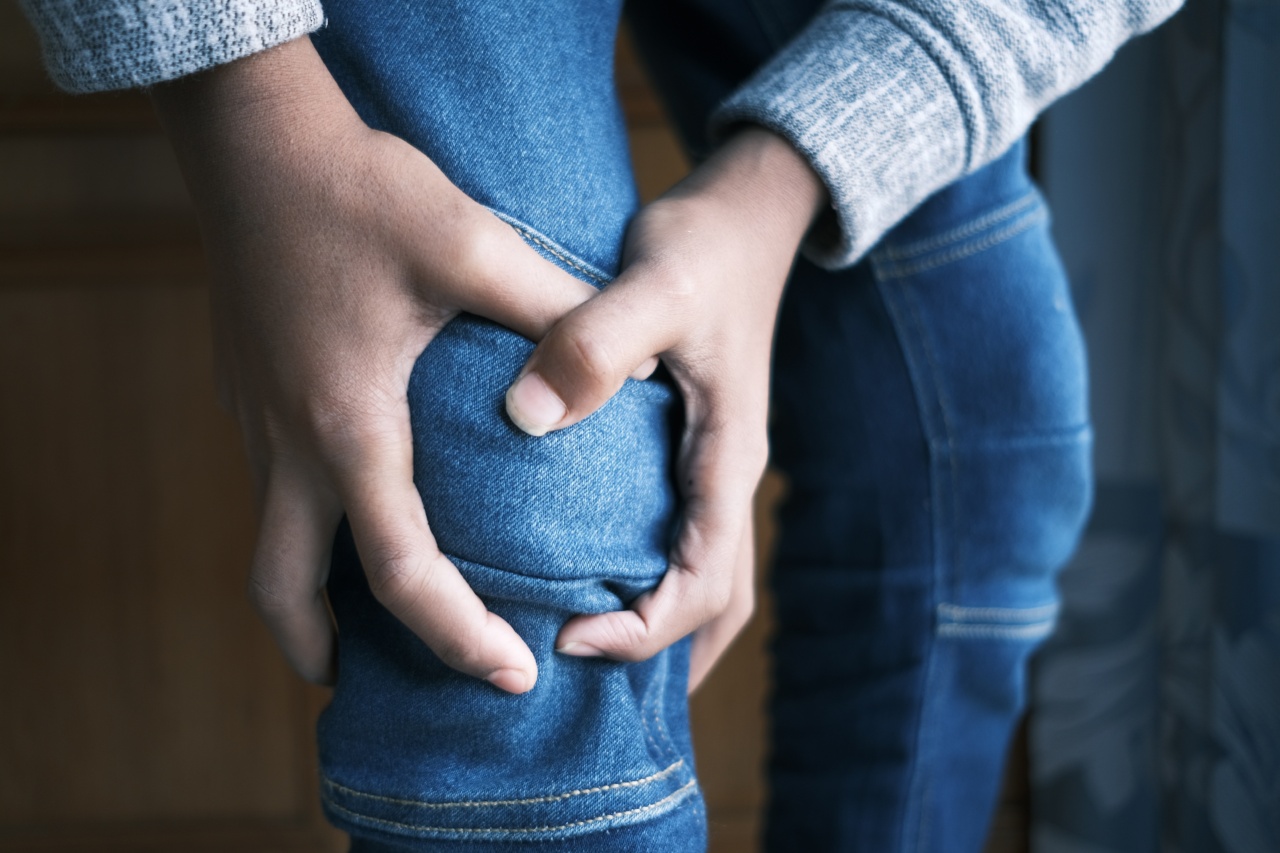Knee pain is a common complaint that can affect people of all ages. It can be caused by a wide range of factors, such as injuries, medical conditions, or overuse.
Understanding the different origins of knee pain is crucial for proper diagnosis and effective treatment. In this article, we will explore the many possible causes of knee pain and provide insights into how to manage and prevent it.
1. Knee Osteoarthritis
Osteoarthritis is a degenerative joint disease that commonly affects the knees. It occurs when the protective cartilage that cushions the knee joints wears down over time, leading to pain, stiffness, and swelling.
Osteoarthritis is often age-related, but it can also develop due to obesity, previous knee injuries, or genetic factors.
2. Ligament Injuries
Ligament injuries, such as a torn anterior cruciate ligament (ACL) or a sprained or strained ligament, are a frequent cause of knee pain.
These injuries often occur during sports activities that involve sudden stops, changes in direction, or direct impact to the knee. Symptoms of ligament injuries include pain, instability, swelling, and difficulty in bearing weight.
3. Meniscus Tears
The meniscus is a wedge-shaped piece of cartilage that acts as a shock absorber between the thighbone and shinbone. A meniscus tear can occur due to twisting or rotating the knee forcefully. It is a common knee injury often seen in athletes.
Symptoms may include pain, swelling, stiffness, and a sensation of the knee “catching” or locking.
4. Patellofemoral Pain Syndrome
Patellofemoral pain syndrome, also known as “runner’s knee,” is a condition characterized by pain around the kneecap (patella).
It is commonly caused by overuse, poor alignment of the patella, muscle imbalances, or abnormal tracking of the kneecap. Activities that involve repetitive knee bending, such as running or squatting, can exacerbate the pain.
5. Bursitis
Bursae are small fluid-filled sacs that cushion the knee joint and reduce friction between the bones, tendons, and muscles. Bursitis occurs when these sacs become inflamed, usually due to repetitive kneeling, overuse, or direct trauma to the knee.
Symptoms include pain, swelling, warmth, and tenderness around the affected area.
6. Patellar Tendinitis
Patellar tendinitis, also referred to as “jumper’s knee,” is an overuse injury that affects the tendon connecting the kneecap (patella) to the shinbone.
It commonly occurs in athletes involved in jumping sports, such as basketball or volleyball. The repetitive strain on the tendon causes it to become inflamed, resulting in pain, tenderness, and swelling.
7. Rheumatoid Arthritis
Rheumatoid arthritis is an autoimmune disease that can affect multiple joints in the body, including the knees. It causes chronic inflammation, pain, swelling, and stiffness.
Unlike osteoarthritis, rheumatoid arthritis is not age-related but is caused by an overactive immune system mistakenly attacking healthy joint tissues.
8. Gout
Gout is a form of arthritis characterized by the buildup of uric acid crystals in the joints, including the knees. The accumulation of these crystals leads to sudden and severe attacks of pain, swelling, redness, and tenderness.
Gout commonly affects the big toe joint but can also involve the knees, causing significant discomfort.
9. Tendonitis
Tendonitis refers to the inflammation of tendons, which are the thick fibrous tissues that connect muscles to bones.
In the knees, tendonitis can develop in the patellar tendon (connecting the patella to the shinbone) or the quadriceps tendon (connecting the quadriceps muscles to the patella). It is often caused by overuse, repetitive jumping, or excessive strain on the tendons.
10. Infected Knee Joint
Although rare, infections can occur in the knee joint, leading to pain, swelling, warmth, redness, and limited mobility. Infections usually result from bacteria entering the knee joint through open wounds, surgical procedures, or bloodstream infections.
Immediate medical attention is necessary to prevent severe complications.
Conclusion
Knee pain has diverse origins, ranging from degenerative conditions like osteoarthritis to injuries such as ligament tears or tendonitis.
Proper diagnosis by a medical professional is crucial for identifying the underlying cause and determining the most effective treatment approach. Managing knee pain often involves a combination of medical interventions, physical therapy, lifestyle modifications, and preventive measures.
By understanding the various origins of knee pain and taking proactive steps, individuals can minimize discomfort, promote healing, and maintain optimal knee health.



























